I want to reduce the muxing overhead when creating .ts files using FFMPEG.
Im using FFMPEG to create a series of transport stream files used for HTTP live streaming.
./ffmpeg -i myInputFile.ismv \
-vcodec copy \
-acodec copy \
-bsf h264_mp4toannexb \
-map 0 \
-f segment \
-segment_time 10\
-segment_list_size 999999 \
-segment_list output/myVarientPlaylist.m3u8 \
-segment_format mpegts \
output/myAudioVideoFile-%04d.ts
My input is in ismv format and contains a video and audio stream:
Stream #0:0(und): Video: h264 (High) (avc1 / 0x31637661), yuv420p, 320x240, 348 kb/s, 29.97 tbr, 10000k tbn, 59.94 tbc
Stream #0:1(und): Audio: aac (mp4a / 0x6134706D), 44100 Hz, stereo, fltp, 63 kb/s
There is an issues related to muxing that is causing a large amout of overhead to be added to the streams. This is how the issue was described to me for the audio:

So for a given aac stream, the overhead will be 88% (since 200 bytes will map to 2 x 188 byte packets).
For video, the iframe packets are quite large, so they translate nicely into .ts packets, however, the diffs can be as small as an audio packet, therefore they suffer from the same issue.
The solution is to combine several aac packets into one larger stream before packaging them into .ts. Is this possible out of the box with FFMPEG?